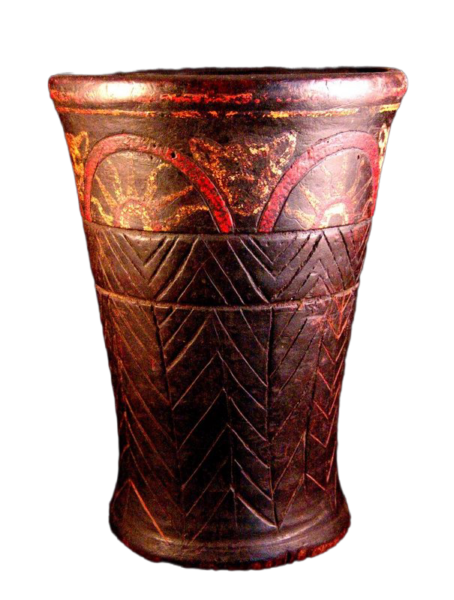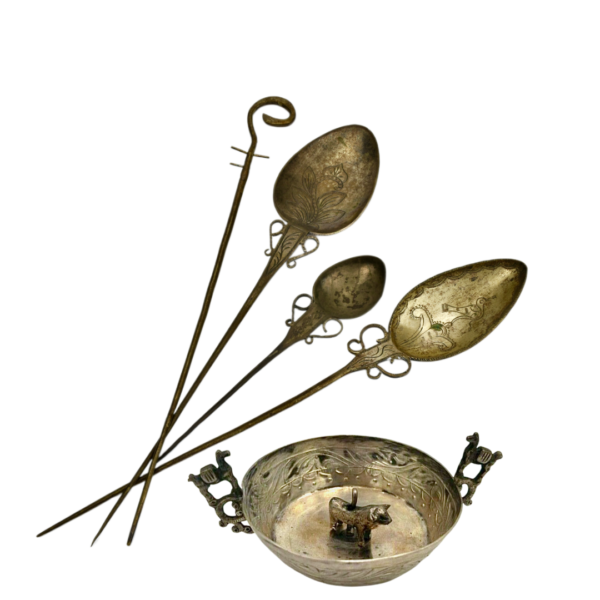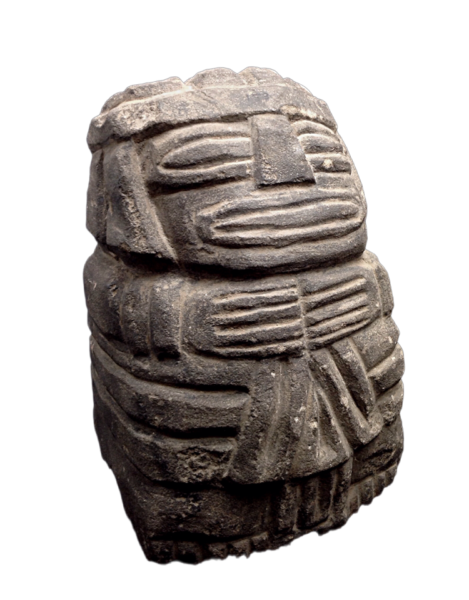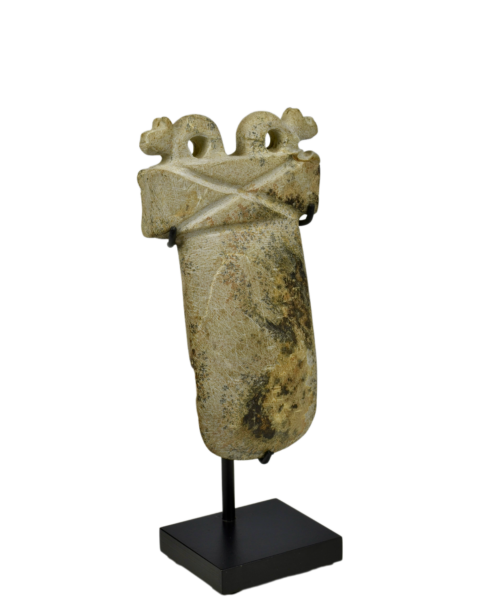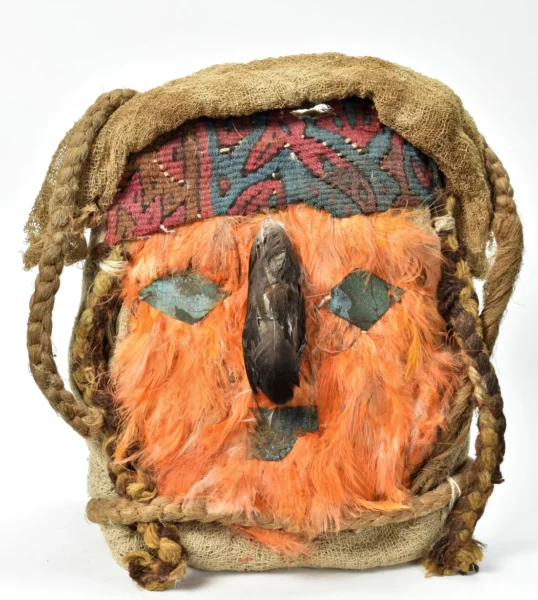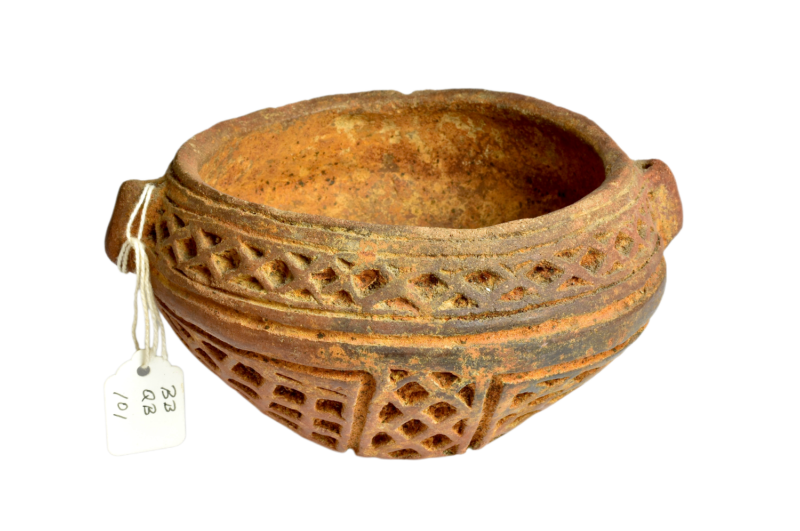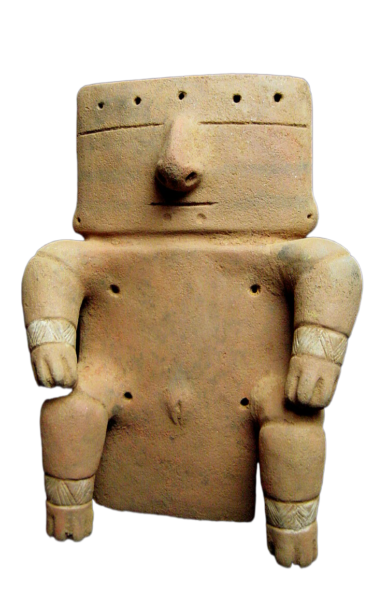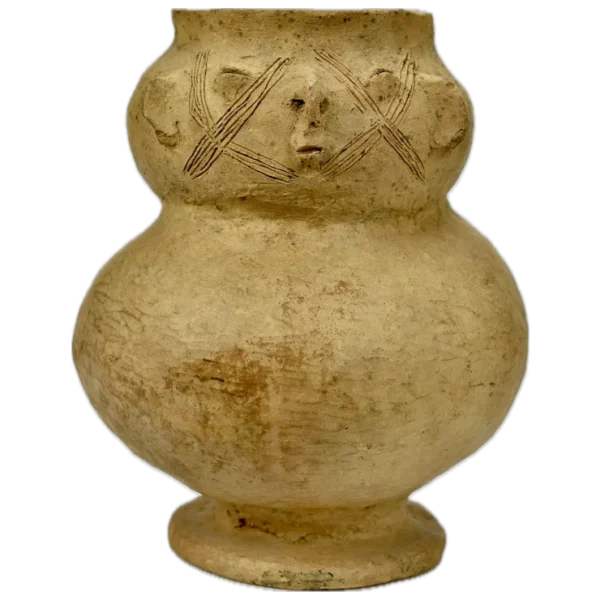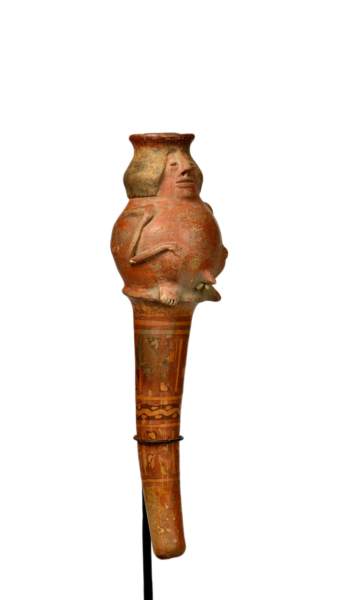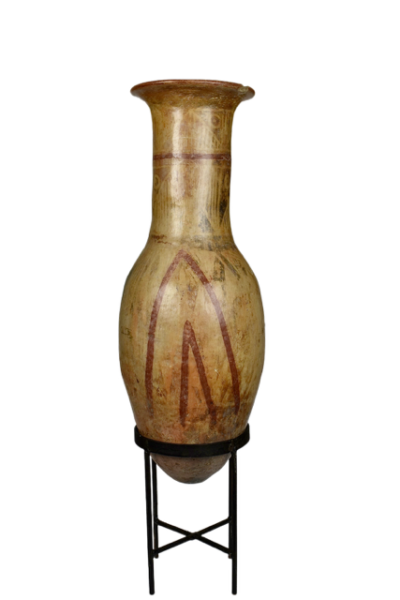Precolumbian Art - South America
South America includes Colombia, Venezuela, Ecuador, Peru, Bolivia, and Argentina
In pre-Columbian Colombia, the principal archaeological cultural phases are Calima, Sinu, Chibcha, Quimbaya, San Agustin, Tairona, Cauca, Nariño, Muisca, Tumaco, and Inca.
In Pre-Columbian Ecuador, the principal archaeological cultural phases include Las Vegas, Valdivia, Machalilla, Cotocollao, Chorrera, Narrio, La Tolita, Guangala, Jamacoaque, Jambeli, Capuli, Bahia, Puruha, Cuasmal, Manteno, Huancavilca, Milagro – Quevedo, Atacames, Canari, and Inca.
In Pre-Columbian Peru, the principal archaeological cultural phases are Chavin, Huari/Wari, Paracas, Vicus, Recuay, Nazca, Salinar, Mochica/Moche, Tiahuanaco/Tiwanaku, Chimu, Ica, Chancay, and Inca.
In Pre-Columbian Bolivia, the principal archaeological cultural phases are Chiripa, Yaya-Mama, Tiahuanaco/Tiwanaku, Huari/Wari, Moxos, and Inca.
In pre-Columbian Argentina, the principal archaeological cultural phase is Condorhuasi-Alamito.
Within this expanse of South American history, visitors will find a fascinating display of Pre-Columbian artistry. The collection will feature pottery that showcases intricate designs and practical forms, stone artifacts carved with symbolic meanings and used for ceremonial or everyday purposes, metal implements, and wooden pieces that highlight the craftsmanship and resourcefulness of the ancient inhabitants. Additionally, textile works will be on display, revealing the complex weaving techniques and vibrant patterns that conveyed cultural identity and tradition. This rich array of artifacts aims to immerse viewers in the depth of South America’s cultural heritage, celebrating the artistry and enduring legacy of its ancient civilizations.
Classic Jaguar Inca Kero
In Inca culture, jaguars symbolized strength and power, often depicted in various art forms, including the iconic Inca kero vessels. These jaguars were not...
More Info / InquireAymara/Spanish Colonial Silver Ceremonial Set
Rare Aymara/Spanish Colonial silver ceremonial set, including a finely crafted bowl with a central ox and leaf motifs, alongside elaborately designed Tupus,
More Info / InquireTiwanaku Stone Idol c. 1050 A.D.
A fine Tiwanaku sandstone idol. The body is stout with deeply incised quadratic face and body features. Hands are held at the center and high.
More Info / InquireTiwanaku Stone Celt with Pumas
An excellent formed Tiwanaku limestone celt. The axe head has a carved double-stylized pumas finial with perforated loop-type bodies.
More Info / InquireHuari Trapezoid Copper Mace Head
This Huari six-pointed copper mace head is supremely stout and has a unique isosceles trapezoid shape.
More Info / InquireNazca – Huari False Head Feather Mask
A very rare “Elites” false head bundle from the Nazca-Huari period. This remarkable and delicate mummy face mask head is comprised of Totoro...
More Info / InquireNazca Feather Plume with Orange Parrot Feathers | 100–700 AD
Ancient Nazca feather plume, Peru. ca. 100–700 AD. Bright orange parrot feathers, braided with fiber. Rare Pre-Columbian artifact.
More Info / InquireQuimbaya Champlevé Bowl
Superb example of meticulous Quimbaya workmanship in red ware pottery. Deep cut away in champlevé (chip-carving) technique on the outer surface.
More Info / InquireQuimbaya Female Retablo
A large and heavy solid unburnished buff slab figure from the Quimbaya culture, Caldas complex. Rarer seated female in the state of trance with extended forward
More Info / InquireCarchi Anthropomorphic Jar c. 800-1200 AD
A lovely anthropomorphic jar from El Angel, Carchi Province of Ecuador. Its double-body form is simple yet captivating. Thin wall, buff, semi-burnished surface.
More Info / InquireNariño Human Effigy Clyster Tube
The representation of this Nariño Clyster Tube and nude male may be linked to agricultural field-fertility rites. Traditional sculpted face with bob-cut hair.
More Info / InquireTall Narino Decorated Amphora
A tall, pointed bottom amphora with faded negative resist black geometric decoration on a cream ground and painted red-brown geometric decorative highlights.
More Info / Inquire